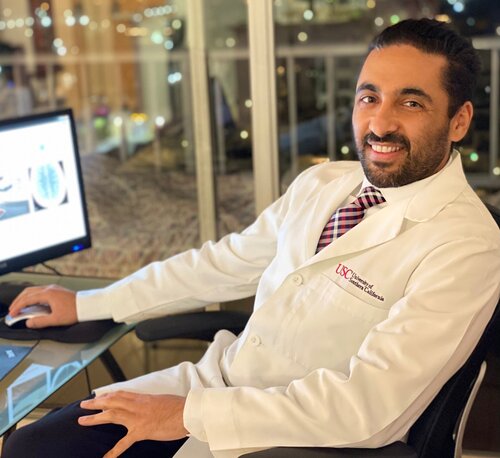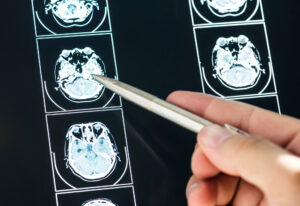Do you know that in the United States, between 300,000 and 500,000 personal injury cases are filed every year? Now that we have shed light on how common it is for someone to be injured, let’s talk about how to prove them. If you have ever been in a personal injury case, as a victim, lawyer, or even an interested bystander, you know that proving injuries isn’t always straightforward. Yes, broken bones show up clearly on X-rays, but what about Traumatic Brain Injuries (TBIs), whiplash, or nerve damage? That’s where neuroradiology comes in, and let us tell you, many attorneys seek neuroradiology medical-legal consulting because it’s a game-changer in winning personal injury cases with unbiased outcomes.
(Source: https://www.daveabels.com/blog/nationwide-personal-injury-statistics/)
How Neuroradiology Strengthens Your Personal Injury Cases?
In personal injury cases, especially those involving car accidents falls, or workplace injuries, neuroradiology can help attorneys get concrete, undeniable proof of injuries that might be invisible to the naked eye. For instance, if someone has suffered a head injury in a car crash, they might feel different—constant headaches, memory lapses, or maybe even mood changes.
However, standard tests won’t show anything obvious. That’s where neuroradiology comes into play because it uses advanced imaging techniques to detect even the smallest brain abnormalities. So, using that data, attorneys can strengthen your case with hard medical evidence.
To clarify things for you even further, here’s how neuroradiology solidifies your personal injury claim without any prejudices-
- Proving “Invisible” Injuries Like TBIs
Objective imaging signs of Traumatic brain injuries (TBIs) are notoriously overlooked on imaging by non-expert radiologists and neuroradiologists. Unlike an easily visible wound, brain injuries are often difficult to detect by non-expert eyes, making it easy for insurance companies to argue that the injury isn’t real or isn’t severe. However, a TBI expert neuroradiologist and an optimal MRI protocol can detect microscopic brain damage that traditional scans might miss.
For example, a combination of thin section T2-FLAIR imaging, Susceptibility Weighted Imaging (SWI), and Diffusion Tensor Imaging (DTI), can show brain tissue damage caused by trauma. When presented in court by a TBI expert neuroradiologist, these detailed images make it nearly impossible for the defense to claim that the injury is exaggerated or nonexistent.
Alternatively, erroneous interpretation of images by radiologists and neuroradiologists without expertise in TBI imaging, can mislead the jury into thinking there is imaging evidence of TBI when the imaging is normal.
- Linking Injuries Directly to the Accident
One of the biggest hurdles in personal injury cases is proving that the injury was caused by the accident and not some pre-existing condition. Neuroradiology helps establish a clear timeline. A TBI expert neuroradiologist can compare past scans (if available) with post-accident images to determine if the injury is new.
For instance, if an MRI shows fresh damage to the spine or brain that wasn’t there before, it becomes much harder for insurance companies to argue that your injury was “pre-existing” or unrelated to the incident.
On the other hand, erroneous and misleading interpretations of brain imaging by radiologists and neuroradiologists without expertise in TBI imaging are common. A TBI expert neuroradiologist can refute these inaccurate claims and educate the jury about the correct interpretation of Brain imaging.
Need neuroradiology medical-legal consulting services? Reach out to our team at Neuro Experts today!









